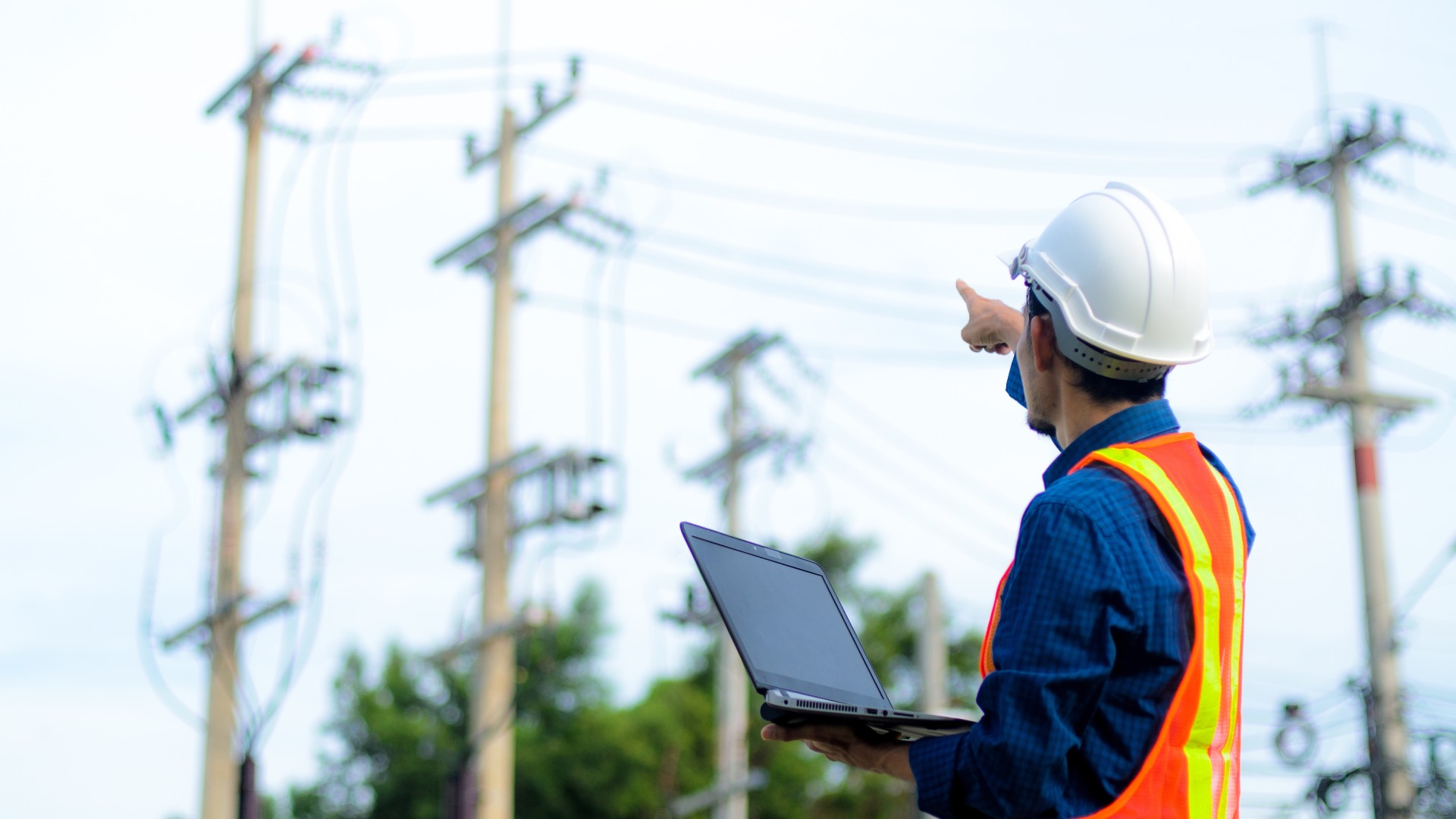How To Lessen the Utility Pole’s Environmental Impact

Utility poles are a common sight, yet their environmental impact is often overlooked. These structures support essential services like electricity and communications, but their production and maintenance can harm the environment. Keep reading to explore how to lessen the environmental impact of utility poles, focusing on key strategies utility companies can use to minimize their impact. By implementing these strategies, those in the utility industry can work together to make a positive difference.
Use Alternative Building Materials
The type of utility pole material you choose can have a big impact on their sustainability. Traditional utility poles are made from wood, which contributes to deforestation and habitat loss. Switching to alternative materials like ductile iron and composite can significantly reduce these impacts.
Ductile iron poles are much longer lasting than traditional poles, which helps them require less maintenance and fewer replacements. Composite poles, made from recycled materials, combine strength with environmental benefits. These alternatives lower the environmental footprint and enhance the longevity and reliability of utility infrastructure.
Treat Poles With Eco-Friendly Coatings
Wooden utility poles often require chemical treatments to prevent decay and insect damage. However, these chemicals can leach into the soil and water, causing environmental harm. Using eco-friendly coatings can mitigate this issue.
Organic preservatives and non-toxic sealants provide protection without adverse environmental effects. These treatments are effective and safe, ensuring that utility poles remain sturdy while minimizing ecological damage. Utility companies can take a significant step toward sustainable practices by opting for eco-friendly coatings.
Help Poles Last Longer
Extending the lifespan of utility poles can also reduce the frequency of replacements, lessening their environmental impact. Regular maintenance and inspections can identify issues early, preventing major damage. Techniques such as pole wrapping and reinforcement can strengthen existing poles, prolonging their usability. Additionally, implementing advanced monitoring systems can offer real-time data on pole conditions, enabling timely interventions. These measures can conserve resources and enhance the overall efficiency of utility services.
Reducing the environmental impact of utility poles is crucial for sustainable development. These sustainability strategies can make a difference when it comes to reducing your utility company’s footprint.
Collective action from environmentalists and utility companies is essential to achieve these goals. Taking these steps will ensure our utility infrastructure remains reliable while protecting the environment for future generations.
By adopting these strategies, utility companies can make a significant contribution to environmental sustainability. If you’re looking for more ways to adopt sustainable practices in your utility company, remember these tips for minimizing the effect of utility poles. Let's work together to protect our planet while maintaining essential services.






